TABLE OF CONTENTS
Getting certified by a renowned certification program is one of the best resume qualifications you can have.
As the second-largest cannabis market in the world, Canada is ripe with cannabis business and employment opportunities.
Only the most knowledgeable and skilled applicants are chosen to enter the workforce.
Cannabis Training University: Online Cannabis Education
Cannabis Training University is the most distinguished and affordable cannabis industry education institute in the world.
While not a requirement, CTU certification is recognized across the globe. Industry certification from CTU can help hobbyists and career-oriented individuals propel their skills growing, cooking, extracting, and working in the industry. Newcomers to the cannabis industry will love the affordable extensive cannabis training courses at CTU:
CTU benefits include:
- Learn at your own pace on any device
- Hundreds of in-depth lessons and videos
- 100% legal worldwide
- More information than any other cannabis college
- More graduates than all other cannabis schools combined
- More CTU students in cannabis jobs than all other cannabis colleges combined
Learn about every major aspect of the industry from industry professionals including studies in medical cannabis.
Up-to-date information about the latest techniques and regulations gives you the knowledge you need to get ahead in Canada’s cannabis industry.
Do You Need A Cannabis Degree?
Currently, provinces and territories have different requirements to work in the cannabis industry. Provinces and territories can require certain employees and owners to undergo industry training provided by an approved educator.
Usually, the program only covers safe selling practices. The training helps students understand the legal requirements of working in a cannabis facility.
While CTU’s cannabis training program is not a requirement, it features even more educational resources covering everything from cannabis cultivation to cooking with cannabis. Certification from CTU (on top of the required training, if any) can empower you to start growing weed for the first time or start working in the industry. No other Canada cannabis education gives the value that Cannabis Training Universit does! DO not be fooled, it will cost you many thousands of dollars if you do!
Many people in Canada have signed up at Cannabis Training University to learn all about the fast-growing cannabis industry. In a highly-competitive job market, earning your stripes at CTU will give you the competitive edge you need.
CTU is often called the cannabis community college of choice in Canada, with online courses covering all aspects of the booming medical cannabis industry.
Cannabis Jobs In Canada
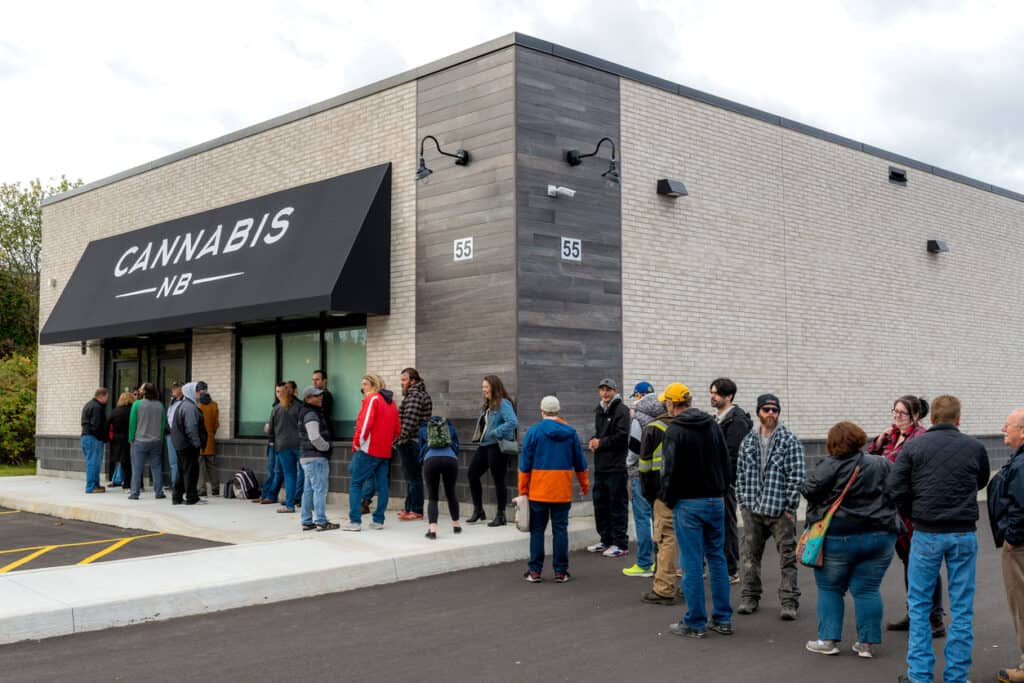
Canada’s medical and recreational cannabis market is always looking for talented employees in retail, cultivation, manufacturing, distribution, testing, extraction, and other segments. From entry-level work to management positions, the industry is looking for talent of all skill levels and backgrounds.
Cannabis Retail Jobs Canada
Canada's retail segment requires a cast of friendly and knowledgeable employees who can help customers find the right products. Here are a few of the most common dispensary jobs:
- Reception Desk: Receptionist and Security
- Dispensary: Budtender
- Operations: Dispensary manager
Cannabis Cultivation Jobs Canada
Help large-scale commercial farms grow cannabis flower and harvest them for processing. Cannabis flower is the foundation for all of the industry’s variety of products. Here are a few key jobs available in cultivation:
- Cultivation assistant
- Bud trimmer
- Lead grower
Cannabis Manufacturing Jobs Canada
In Canada, everything from flower to oil to edibles is legal. Cannabis processors convert raw material into a range of therapeutic products. Some of the most common jobs include:
- Packaging
- Inventory specialist
- Extraction technician
- Quality assurance
- Edibles chef
Best Value Canada Cannabis Courses
CTU has quickly become the leading cannabis college in Canada due to the huge amount of information included in its Master of Cannabis certification program, and the amazingly low cost of admission. Learn all about cannabis cultivation, cannabis cooking, cannabis extraction, cannabis careers, cannabis medicine, and so much more!
Steven Bryant, a CTU graduate from British Columbia said “I was looking for a cannabis college in Canada and the first one I found was many thousands of dollars. I did not want to spend that much. Then I found Cannabis Training University. It was low cost, plus it had more content included in the program so it was a no-brainer at that point for me.”
When students enroll at CTU’s Canada Cannabis College, they will learn a wealth of invaluable information through informative and entertaining videos and e-books. Some of the topics covered include (but aren’t limited to):
- How to grow cannabis indoors,
- How to grow cannabis outdoors
- How to do cannabis extractions
- The history of cannabis in Canada
- How to open a marijuana dispensary
- How to be a budtender in a dispensary
- Marijuana as a medicine
- Cannabis strain selection
- Cannabis equipment selection and setup
- Cannabis cooking and recipes
- How to make hash
- How to write a cannabis resume
- How to write a cannabis business plan
- Canada cannabis laws and regulations
- History of cannabis laws in Canada
A
Cannabis Training University is the leading Canadian cannabis college, with more students, more graduates, more information, and the lowest price.
“I mistakenly enrolled at Niagara College in Canada and took some cannabis courses which cost me thousands of dollars. Afterwards I heard about the cannabis training from CTU and signed up, only to find the much less expensive courses at Cannabis Training University where much more informative than the ones at Niagara College!” Kevin K, Ottawa.
Learn at Your Own Pace
CTU’s online learning platform caters to students who value their time and want to fit in cannabis education into their busy schedules. CTU’s courses are available all day, everyday during your access period.
Online education can eliminate boring commutes and provide access to students all over the world as long as you have an internet connection.
At the end, passing a final exam earns you the most coveted industry certification to date.
How to Get a Cannabis Job In Canada
If you're looking to get a cannabis job in Canada, you must first meet the minimum age requirement (varies by province and territory). In most provinces, the minimum age is 19.
Here are some tips to help you land a cannabis industry job in Canada:
- Enroll in Canada Cannabis College: Learn the latest laws and regulations of your Province or territory and the rest of the world. CTU's comprehensive training program is the most renowned in the world.
- Make friends: Attend local industry events. Find online groups of users and industry employees in the area. Spruce up your LinkedIn profile and start connecting with local business owners.
- Apply: Apply to available jobs online or ask the company directly if they’re hiring. CTU can help you craft a clear and concise resume showing all of your experience and achievements. Cannabis education can put you over the top.
Canada Cannabis Regulations
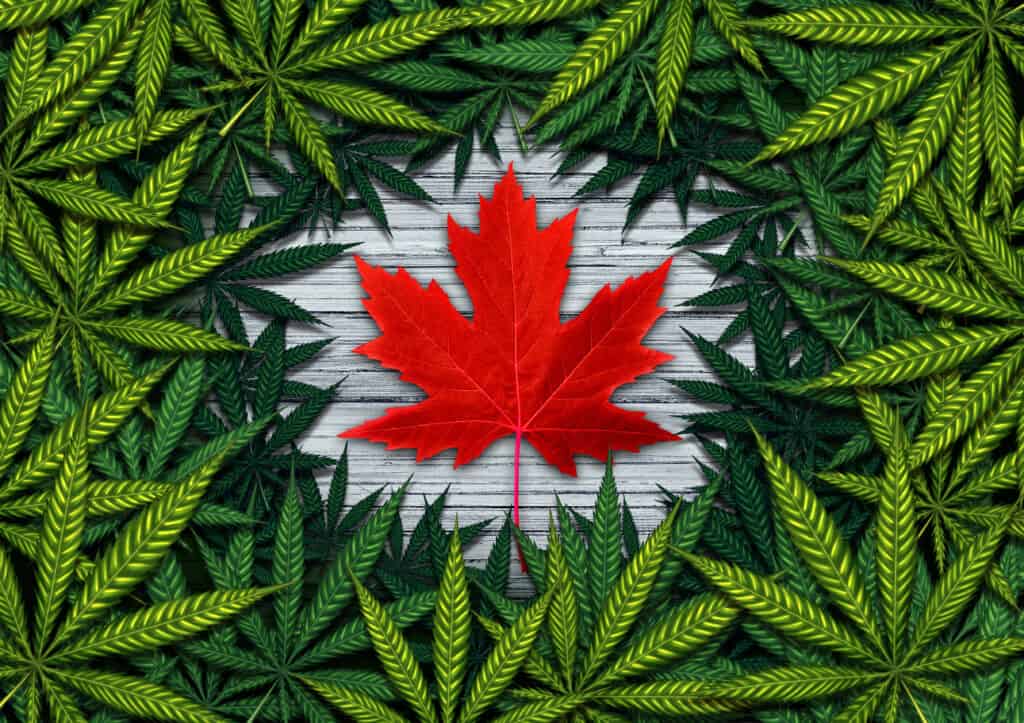
Canada is making waves in the cannabis industry with its newly implemented cannabis regulations. Set to go live in 2023, Canada’s plan will put the country at the forefront of cannabis sales and consumption.
This major shift aims to not only serve Canada’s thriving medicinal and recreational markets, but also to embrace the opportunity that Canada has as one of the first countries to legalize adult-use cannabis on a federal basis.
Canada's marijuana policy will bring a careful setting of rules and regulations that encourages research and development, while hardening enforcement against any illegal actions taken by participants in the cannabis industry.
Ultimately, Canada’s policies for 2023 will ensure more consistent oversight across the sector as it embarks on a journey towards greater political and fiscal stability within the country.
Canada Cannabis Legalisation
Following the Cannabis Act of 2018, Canada became the first G7 nation to make recreational adult-use of cannabis legal. Canada also joins Uruguay as one of the few countries that allows sales of non-medical cannabis products on a national level.
This change stands to have far-reaching economic implications for Canada, particularly since Canada recently recorded the biggest annual growth rate compared to other G7 nations for their cannabis industry: 122 percent!
With Canada's reliable safety regulations and well-established agricultural sector, industry experts predict that Canada will top $7 to 9 billion in revenues from sales of cannabis by the end of 2023.
Canada Cannabis News
Canada has been in the news frequently since Canada legalized cannabis nationwide in 2018, but 2023 has been an especially exciting year for Canada's cannabis industry. Major investment firms are now pouring money into Canada's cannabis sector, boosting both government and private enterprise sales.
Canada's Minister of Health has reported significant development on the medical side of Canada's cannabis industry as well, including breakthroughs in cannabinoid-derived treatments for a number of debilitating illnesses.
The legal recreational market is also doing well as Canadian citizens become increasingly comfortable with cannabis products.
All across Canada, people are discussing their favorite new businesses, products and innovations regularly, leading to a vibrant Canada cannabis news culture that has quickly grown from nothing to something over only a few short years. It looks like it will be an exciting continued development for Canada's economy!
Canada Cannabis Act
Canada Cannabis Act 2023 will be a landmark piece of legislation that marks Canada's evolution in terms of cannabis regulation. This legislation seeks to protect Canada's youth while still allowing adults access to products related to cannabis.
Canada Cannabis Act 2023 takes multiple steps forward, such as requiring specific labeling on all cannabis sold, including accurate potency information, and also outlining the criminalization penalties for any cannabis-related activities involving minors. It also outlines regulations for production, importation, exportation, sale and possession of cannabis.
Canada Cannabis Act 2023 is a step forward for Canada in terms of regulating the drug safely and effectively, thus promoting public safety while still allowing adults the ability to possess and use this substance responsibly.
Canada Cannabis Market Outlook
Canada's cannabis industry has entered a new era of rapid expansion, with the launch of Canada's recreational cannabis market in 2018. The Canada cannabis market outlook 2023 and beyond is that the market is projected to grow significantly over this period, driven by increased access points, further product innovation and Canada becoming one of the most significant cannabis markets globally.
This is perpetuated by Canada embracing marijuana tourism and an influx in the number of licenses already granted in 2020.
As Canada looks ahead to the next few years, there are many opportunities for businesses to identify and capitalize on economic growth across Canada's diverse population as more provinces move toward legalization. Consequently, it will be important for stakeholders in Canada's growing cannabis sector to remain agile, anticipate emerging trends and prepare for potential changes in regulation.
Canada's cannabis market has grown exponentially over the past few years as Canada led the way in becoming the largest legal marijuana market in the world.
With Canada's marijuana legalization plan taking effect in 2018 and strong legal framework being made more recently, Canada is well-positioned to become a leader in the global cannabis sector with the potential to drive billions of dollars of revenues by 2023.
The country already boasts some of the best quality weed in its provinces, and new research shows that Canada may expand its recreational marijuana usage soon due to increased accessibility, regulatory compliance and product safety measures.
Long-term forecasts suggest an increase in Canada’s total marijuana market up to as much as CAD$ 8 billion by end of 2023 while also allowing Canada to export their products to countries around the world. It appears Canada has positioned itself well for a bright future in what promises to be one of the most lucrative markets of hindsight.
Canada Cannabis Revenue

Canada is expected to generate an impressive amount of revenue from cannabis sales in the next two years. With Canada legalizing adult-use cannabis nationwide back in 2018, it opened up a lucrative new taxation stream for Canadian governments at all levels.
Recent reports suggest that Canada's cannabis market generated nearly $8 billion in 2022 and is on pace to do more than $9 billion by the end of 2023 from retail spending alone. This massive influx of capital will surely contribute greatly to Canada's GDP for years to come, benefiting citizens and businesses throughout the nation.
Canada Cannabis Industry Job and Salary Summary
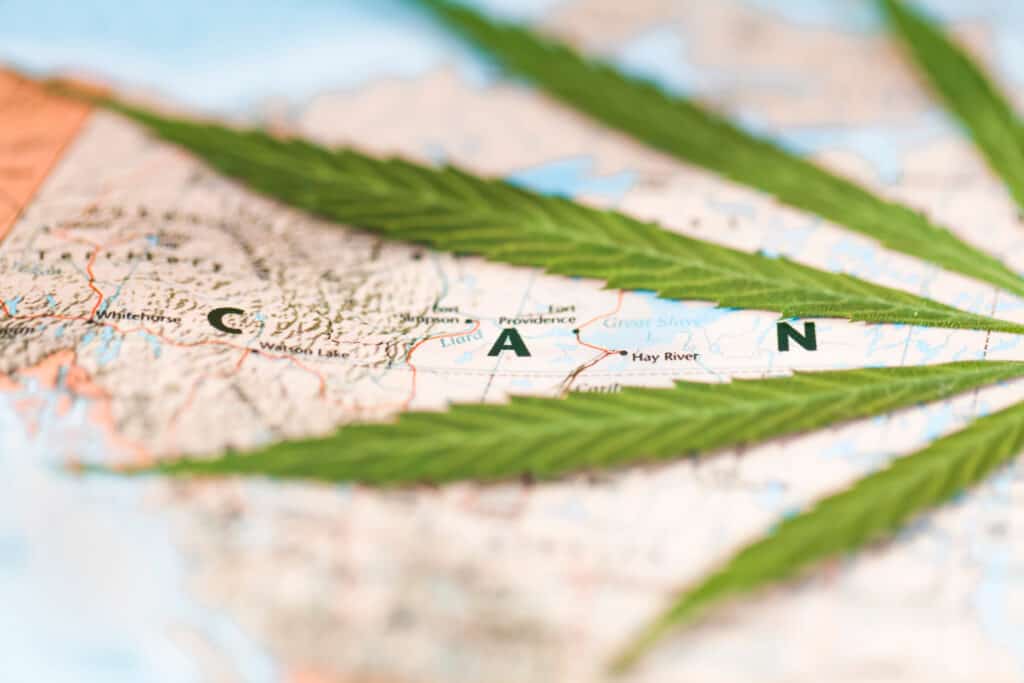
The cannabis industry in Canada has been growing steadily since the legalization of recreational cannabis in 2018. This growth has led to a variety of job opportunities in the sector. Here's a list of some popular jobs in the industry and their approximate salaries as of 2022. Keep in mind that salaries can vary based on experience, location, and company:
- Budtender in Canada:
- Role: Assists customers in cannabis retail stores, providing information on strains, usage, and products.
- Average Salary: CAD $30,000 to $40,000 annually.
- Cannabis Grower/Cultivator in Canada:
- Role: Manages the growth and health of cannabis plants.
- Average Salary: Junior growers might earn CAD $40,000 to $50,000, while master growers with more experience can earn upwards of CAD $80,000.
- Cannabis Extraction Technician in Canada:
- Role: Extracts compounds like THC and CBD from cannabis to produce oils, edibles, and other products.
- Average Salary: CAD $40,000 to $60,000 annually.
- Cannabis Quality Control Inspector in Canada:
- Role: Ensures that cannabis products meet industry standards and regulations.
- Average Salary: CAD $50,000 to $70,000 annually.
- Cannabis Trimmer in Canada:
- Role: Hand-trims cannabis plants to prepare them for sale.
- Average Salary: CAD $25,000 to $35,000 annually or paid by weight, often at an hourly or piece-rate.
- Cannabis Edibles Chef in Canada:
- Role: Specializes in creating cannabis-infused food products.
- Average Salary: CAD $40,000 to $60,000 annually, depending on experience and venue.
- Cannabis Sales and Marketing Professionals in Canada:
- Role: Promotes cannabis products to retailers and consumers.
- Average Salary: Varies widely based on the specific role and experience, but a representative range might be CAD $40,000 to $100,000+.
- Cannabis Dispensary Manager in Canada:
- Role: Manages retail operations, including staffing, inventory, and customer service.
- Average Salary: CAD $50,000 to $70,000 annually.
- Cannabis Compliance Manager in Canada:
- Role: Ensures that cannabis operations comply with federal, provincial, and local regulations.
- Average Salary: CAD $60,000 to $90,000 annually.
- Cannabis Research Scientist in Canada:
- Role: Conducts research on cannabis to develop new products or enhance current ones.
- Average Salary: CAD $60,000 to $100,000+, depending on the scope of the research and experience.
- Cannabis Consultant in Canada:
- Role: Provides expertise and advice to cannabis businesses.
- Average Salary: Salaries can vary widely, but experienced consultants might charge CAD $50 to $200+ per hour.
These figures provide a general overview and can fluctuate based on the dynamics of the market, regional differences, company sizes, and the specific experiences of individuals.
Cannabis Training University Accredited Programs
Cannabis Training University is accredited through IACET which makes us the only IACET/ANSI accredited cannabis college!
Come take our online cannabis certificate programs and learn all you need to grow your own cannabis or land a cannabis career.
“
There are over 300,000 jobs in the cannabis industry. CTU trained me for one of them!

Makes $24.50 @ THC +
Look here to see some of our cannabis community college reviews.
When will cannabis be legal in Canada?
Cannabis became legal in Canada for recreational purposes on October 17th, 2018, under the Cannabis Act.
Can I grow cannabis at home in Canada?
Yes. In Canada adults can grow up to four cannabis plants per household. Licensed production of cannabis is controlled by the Canadian federal government.
What is the best Cannabis College in Canada?
Cannabis Training University is the best cannabis college in Canada. CTU's online cannabis courses include all the updated laws and regulations for Canada, just as they do for the USA and 48 other countries worldwide.
Is there an accredited cannabis college in Canada?
Yes! Cannabis Training University is internationally accredited by IACET/ANSI.
Can I pay for Cannabis Training University with CAD?
Yes. When someone living in Canada signs up at Cannabis Training University the funds are converted from USD to CAD and will show as CAD once completed in your bank.
Is there Cannabis Training Canada offers?
Yes, Cannabis Training Canada is offered by Cannabis Training University. CTU is Canada's leading online marijuana course provider and has been since 2009.
How Do I Get a Cannabis Job in Canada?
Cannabis Training University has all the updated Canadian laws and regulations included in it's online cannabis courses and is the preferred cannabis college for Canadian job training.

Fred Hernandez
Fred Hernandez is a highly accomplished and versatile writer, boasting an extensive background in the cannabis industry. With an in-depth understanding of various sectors including cultivators, processors, retailers, and brands, Fred's expertise spans across the entire cannabis landscape. As a prominent contributor to CTU, he consistently delivers insightful articles exploring the latest developments, news, and regulations shaping the cannabis industry. Whether it's delving into the intricacies of cannabis products, cannabis strain reviews, or providing comprehensive analyses of cannabis laws, or sharing expert insights on cannabis cultivation techniques, Fred's wealth of knowledge positions him as an invaluable writer and educator for all cannabis-related subjects.


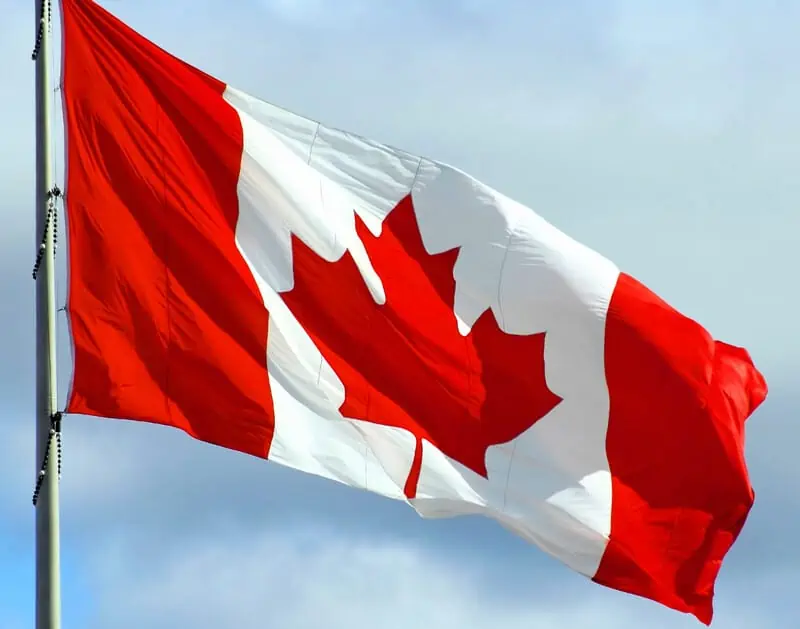




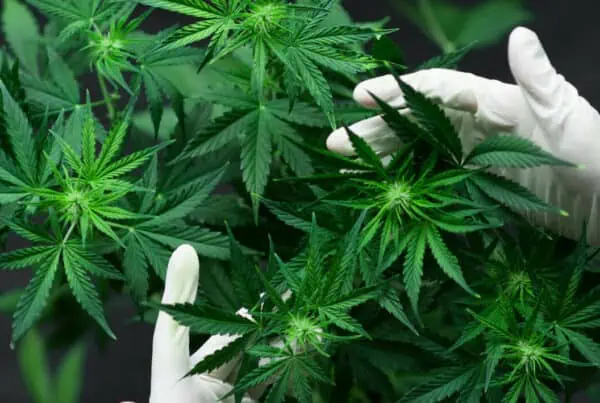
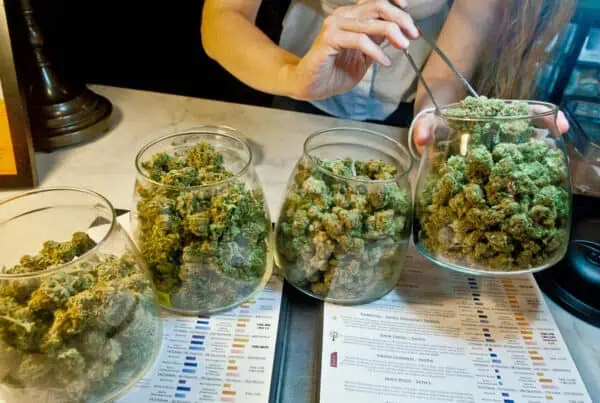



 Jeff was involved in an accident where he endured a traumatic brain injury. He had a week-long stay in ICU where brain surgeons
Jeff was involved in an accident where he endured a traumatic brain injury. He had a week-long stay in ICU where brain surgeons  100% risk free money back guarantee within 48 hours after purchase if student has not completed any of the courses or exams.
100% risk free money back guarantee within 48 hours after purchase if student has not completed any of the courses or exams.